Responsible Disposal of Fishing Line and Hooks
Fishing is one of humanity’s oldest activities, connecting us to waterways and marine ecosystems across the globe. While fishing provides recreation, sustenance, and economic opportunities for millions, it also carries significant environmental responsibilities. Among these, proper disposal of fishing line and hooks stands as a critical yet often overlooked concern. These seemingly minor items can cause devastating harm to wildlife, pollute waterways, and even pose hazards to humans when discarded improperly. Each year, thousands of animals suffer from entanglement or ingestion of abandoned fishing gear. This article explores the environmental impacts of improper disposal, outlines best practices for responsible disposal, and highlights initiatives making a difference in this important aspect of conservation.
The Environmental Impact of Discarded Fishing Line
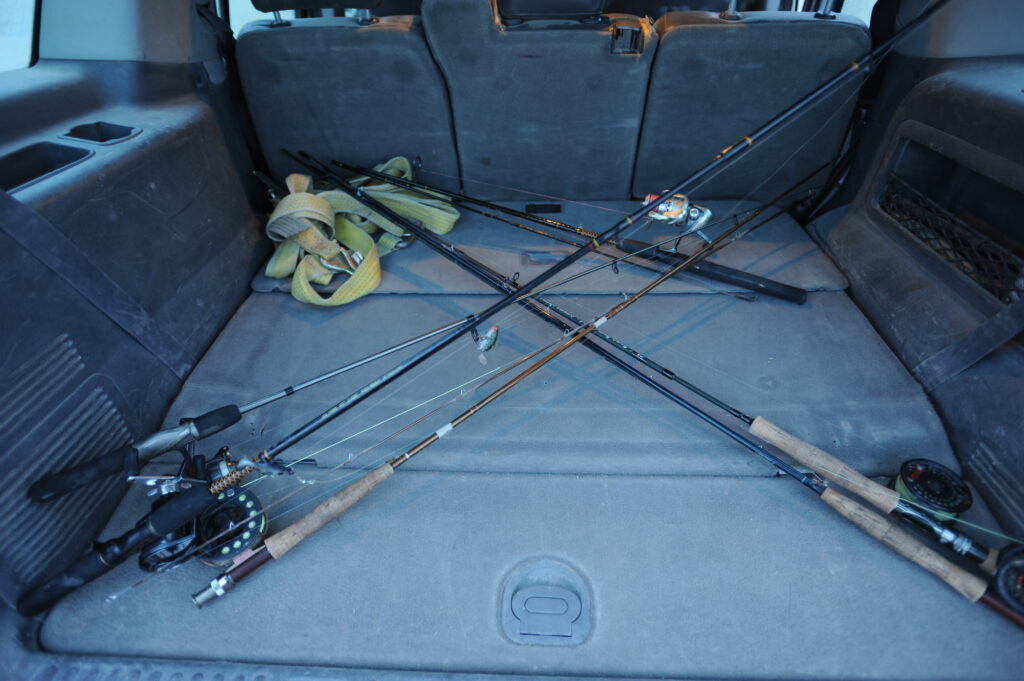
Monofilament fishing line, the most common type used by recreational anglers, can persist in the environment for up to 600 years before fully degrading. During this time, discarded lines can wrap around plants, rocks, and structures in waterways, creating deadly traps for wildlife. A single strand of abandoned fishing line can entangle multiple animals over its lifespan, causing restricted movement, starvation, deep tissue cuts, amputations, and drowning. Research from wildlife rehabilitation centers indicates that fishing line entanglement accounts for approximately 5-10% of all wildlife injuries in coastal and lake regions. Beyond wildlife impacts, discarded line can damage boat propellers, create hazards for swimmers, and contribute to the growing crisis of plastic pollution in our waterways.
Wildlife Victims of Fishing Gear
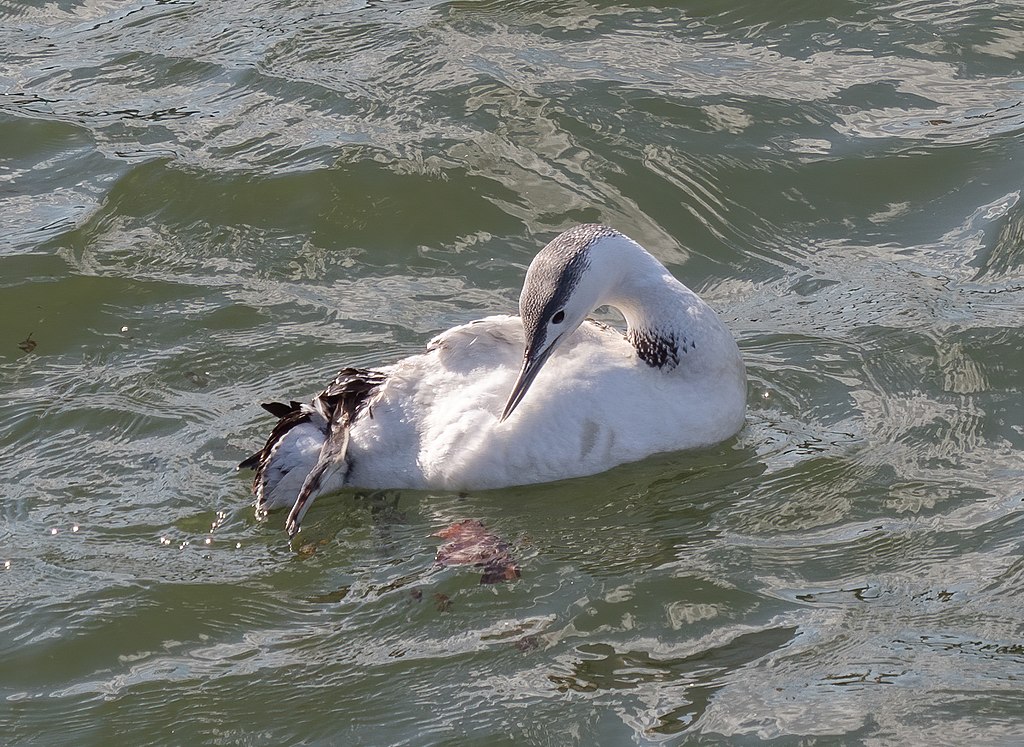
Birds represent some of the most frequent victims of fishing line entanglement, with waterfowl, wading birds, and seabirds particularly vulnerable. When birds become entangled, they often cannot fly, feed, or escape predators, leading to prolonged suffering and death. Marine mammals such as seals, sea lions, and manatees also frequently encounter abandoned fishing gear, sometimes leading to life-threatening complications. Turtles frequently ingest hooks or become wrapped in line, which can cause internal injuries or prevent them from diving and feeding properly. Fish themselves can become victims of “ghost fishing,” where they become caught in abandoned line and die, attracting more scavengers who may also become entangled in a deadly cycle. Even terrestrial animals visiting waterways, such as deer, raccoons, and dogs, can become entangled in fishing line left along shorelines.
Understanding Different Types of Fishing Line
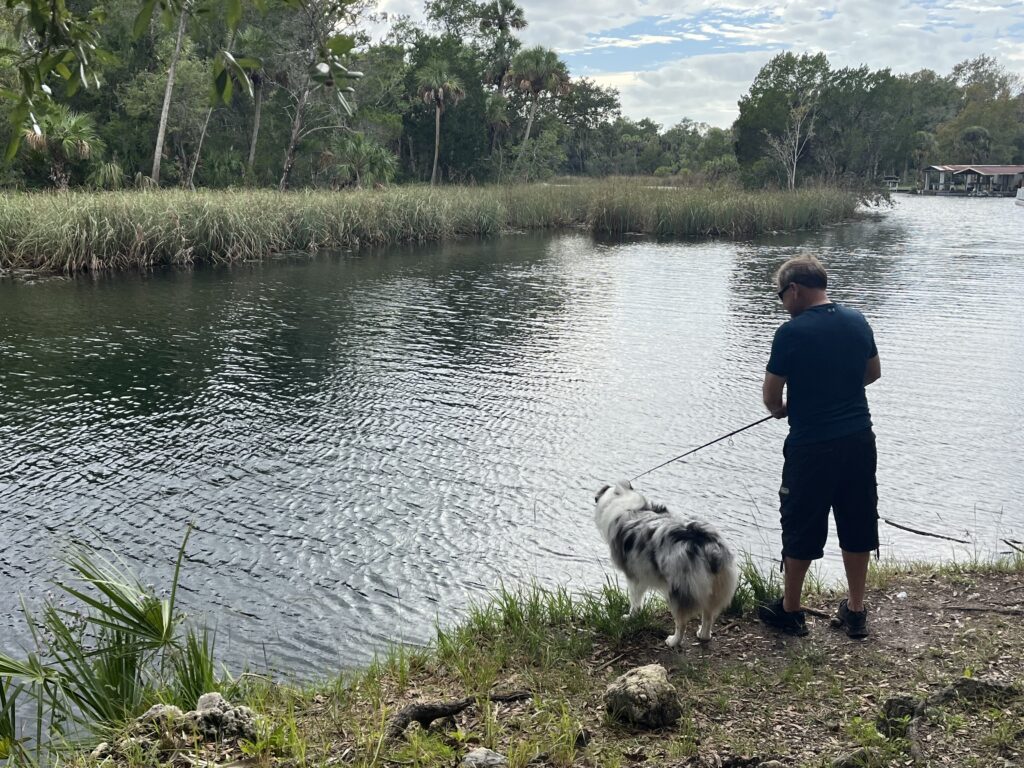
Monofilament line, made from a single strand of nylon, is the most common type and can take centuries to decompose in the environment. Fluorocarbon line, increasingly popular for its low visibility underwater, may take even longer to break down than standard monofilament. Braided lines, constructed from woven synthetic fibers, offer superior strength but also exceptional durability against environmental degradation, potentially lasting for hundreds of years if improperly discarded. Biodegradable fishing lines have emerged as a more environmentally friendly alternative, typically breaking down within 3-5 years rather than centuries, though they still require proper disposal. Understanding these differences is crucial for anglers to make informed choices about both the selection and disposal of their fishing materials.
The Hidden Danger of Fishing Hooks

Discarded hooks present a concentrated danger in a small package, capable of causing severe injuries to wildlife and humans alike. When ingested by animals, hooks can cause internal punctures, infections, and starvation if lodged in the digestive tract. Birds often pick up hooks hidden in bait or attached to discarded fish remains, leading to painful injuries to their beaks, throats, or digestive systems. For humans, abandoned hooks on beaches, lakeshores, and riverbanks pose a significant risk of painful puncture wounds, which can become infected or require medical intervention for removal. Even small hooks can remain dangerously sharp for years after being discarded, making them a persistent threat in recreational areas. Metal hooks, while eventually degrading through oxidation, can release potentially harmful compounds into sensitive aquatic ecosystems during this process.
Proper Disposal Methods for Fishing Line
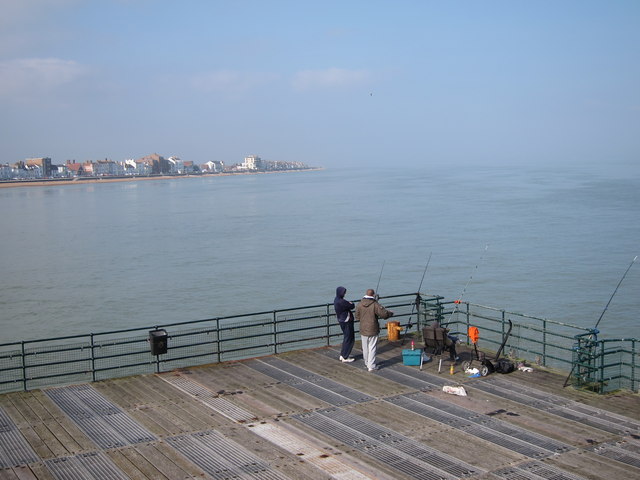
The most responsible approach to fishing line disposal is using designated monofilament recycling stations, often found at popular fishing locations, marinas, and tackle shops. When recycling stations aren’t available, anglers should cut line into small pieces (less than six inches) before placing it in a covered trash receptacle to prevent wildlife from becoming entangled. Never leave excess line in the water or on the shoreline; even small amounts can cause significant harm. Some anglers carry a small container specifically for collecting used line while fishing, ensuring it doesn’t accidentally blow away or get left behind. For home disposal, securely wrap the line in a sealed container before placing it in household trash to prevent it from escaping during transportation or at landfill sites. Remember that responsible disposal extends to lines attached to lures, hooks, or other tackle – all should be properly managed to prevent environmental harm.
Safe Hook Disposal Techniques
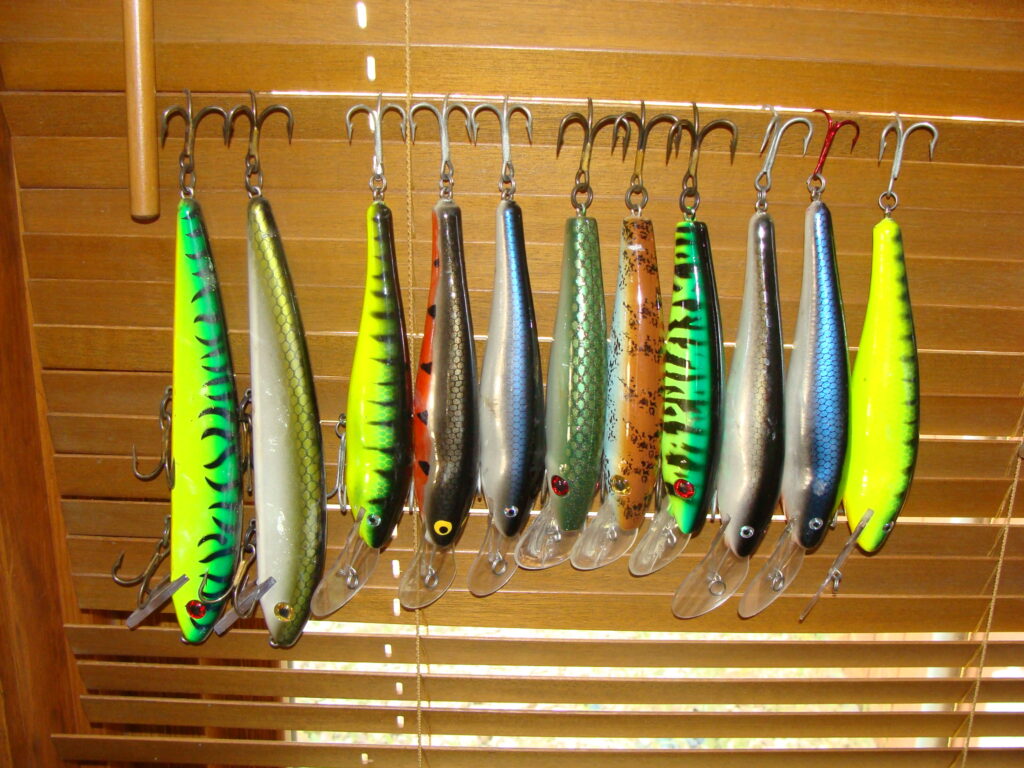
Before disposal, hooks should be rendered safe by crushing barbs flat or clipping them off to prevent them from catching on wildlife or causing injury. Small hooks can be stored in a sealed, puncture-resistant container such as an empty plastic bottle with a screw top until enough accumulate for proper disposal. Larger hooks should be wrapped securely in several layers of paper or cloth before being placed in household trash to prevent injury to waste management workers. Some tackle shops and fishing clubs accept used hooks for metal recycling programs, offering an environmentally friendly disposal option. Never discard hooks directly into waterways or leave them on shores, docks, or riverbanks where they can injure humans and wildlife for years to come. For rusty or damaged hooks, disposal rather than continued use is the responsible choice, as these can break more easily and be lost in waterways.
Monofilament Recycling Programs
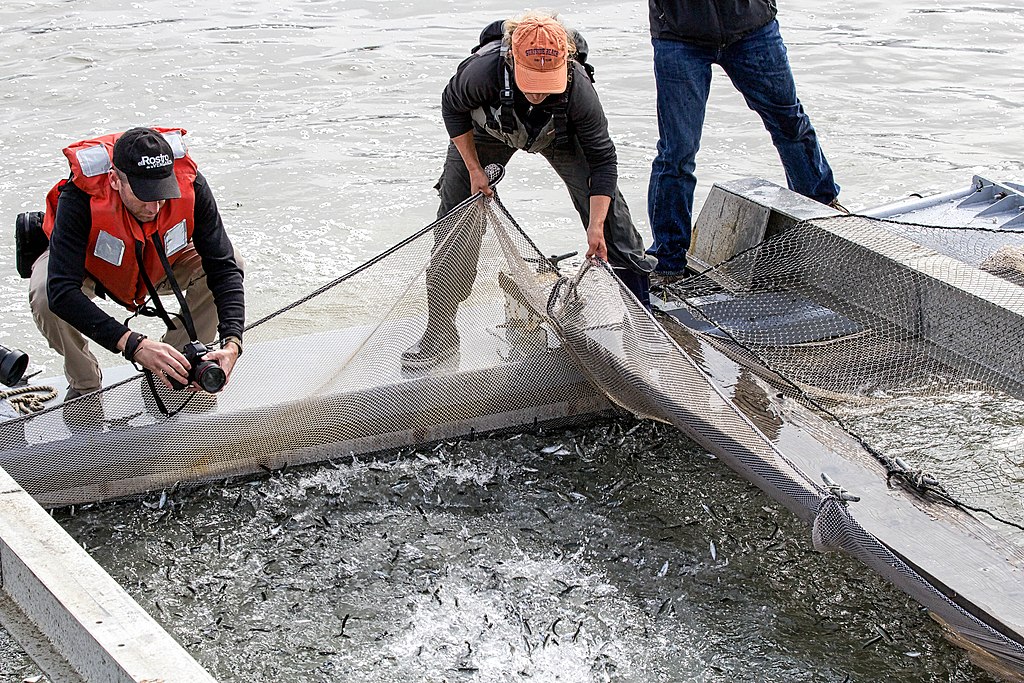
The Berkley Conservation Institute’s Fishing Line Recycling Program stands as one of the most successful initiatives, having collected and recycled millions of miles of fishing line since its inception in 1990. Through this program, collected monofilament is cleaned, melted down, and repurposed into fish habitat structures, tackle boxes, and other plastic products. BoatUS Foundation’s Reel In and Recycle program has established thousands of PVC collection tubes at fishing sites nationwide, creating convenient disposal options for anglers. State-level conservation departments increasingly partner with environmental organizations to install and maintain collection stations at popular fishing locations, boat ramps, and parks. These recycling programs not only reduce environmental harm but also raise awareness about responsible fishing practices through educational materials often displayed at collection points.
Creating DIY Fishing Line Collection Containers

Anglers can construct effective line collection containers using PVC pipe (6-8 inches in diameter) cut to approximately 2 feet in length, with a removable cap on one end and a curved entry point on the other to prevent line from being pulled out by wind or animals. Weather-resistant labels should be affixed to identify the purpose of the container and provide instructions for proper use. For personal use, portable solutions can be created from empty plastic bottles with small openings that prevent the line from easily escaping once inserted. Some fishing clubs create and distribute homemade collection devices to members, along with information about proper disposal practices. For community initiatives, larger collection stations can be built using weather-resistant materials and mounted at docks, piers, and popular shore fishing locations with permission from local authorities.
Biodegradable Alternatives to Traditional Fishing Line
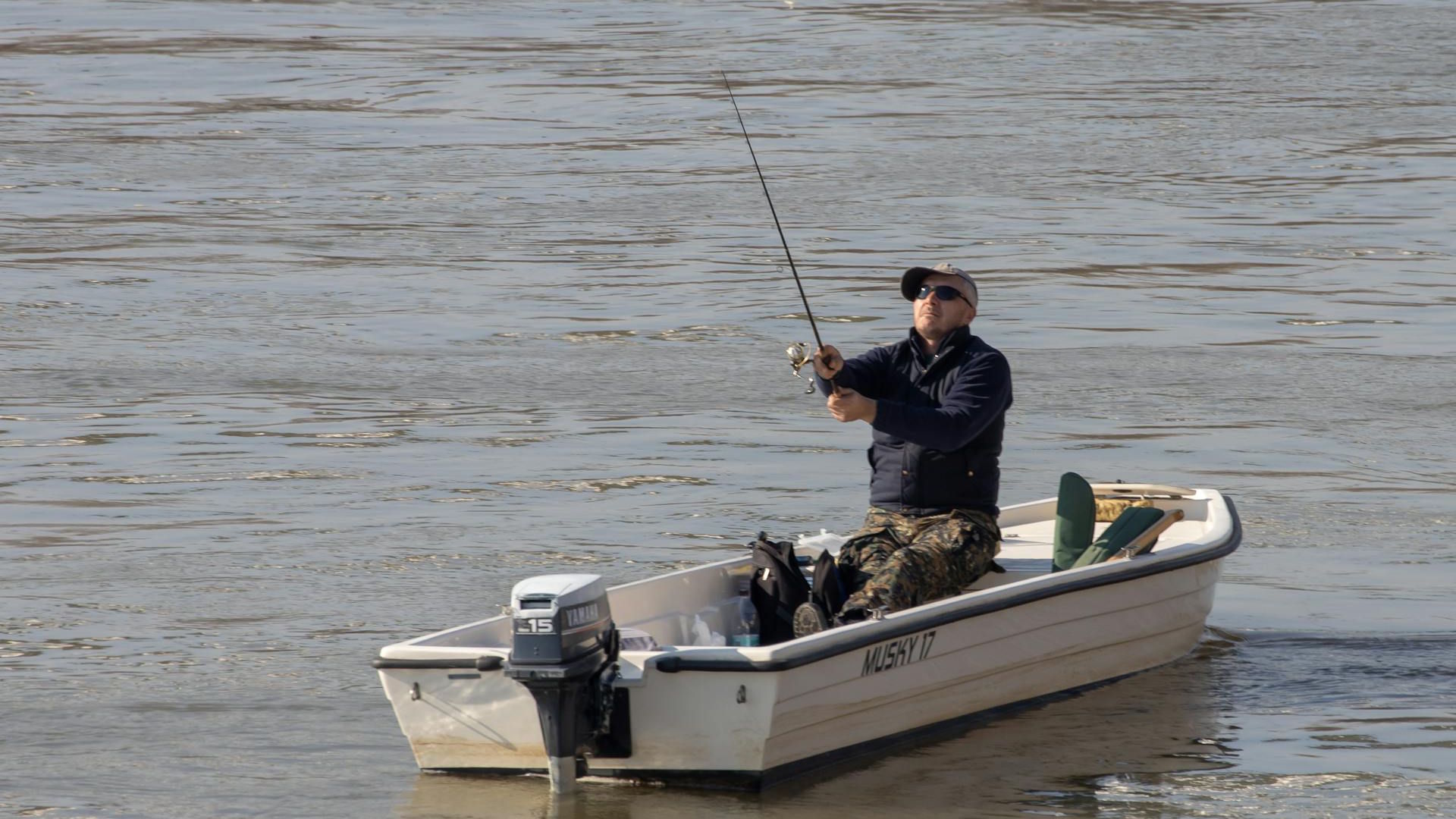
Eagle Claw’s Bioline represents one of the first commercially successful biodegradable monofilament options, designed to break down in approximately 5 years rather than 600. Several manufacturers now offer fishing lines made from plant-based polymers that maintain performance characteristics while degrading more rapidly in aquatic environments. New biodegradable braided lines made from materials like treated cotton or hemp provide alternatives to synthetic braided lines, though they typically require more frequent replacement. Research institutions are developing next-generation biodegradable materials that aim to match the performance of traditional lines while drastically reducing environmental persistence. While these alternatives represent progress, they still require proper disposal rather than deliberate discarding in the environment, as they can cause wildlife entanglement during their degradation period.
Teaching Responsible Disposal to Young Anglers

Introducing proper disposal habits early in a child’s fishing experience establishes lifelong conservation behaviors that benefit aquatic ecosystems. Effective education involves demonstration rather than just instruction – showing young anglers exactly how to collect, cut, and properly dispose of line makes the practice more likely to stick. Creating simple challenges or rewards for young anglers who properly dispose of line and tackle can reinforce positive behaviors through gamification. Schools and youth organizations can incorporate fishing line disposal into broader environmental education programs about plastic pollution and wildlife conservation. Many state fishing education programs now include specific modules on tackle disposal alongside traditional lessons on fishing techniques and species identification.
Community Cleanup Initiatives
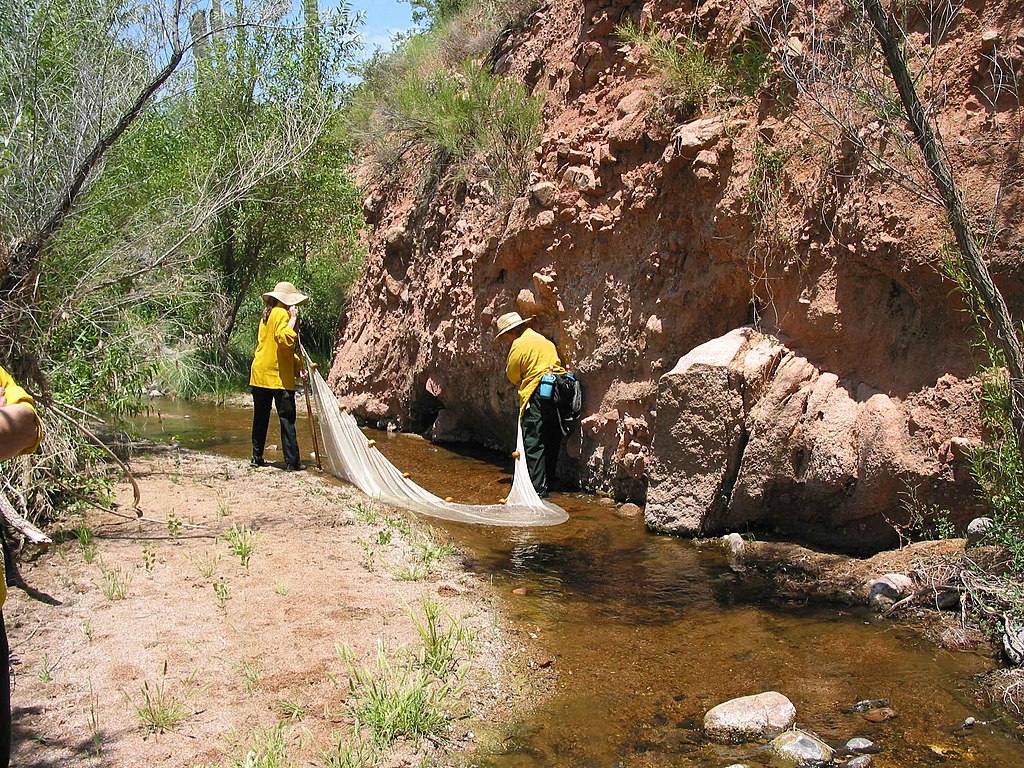
Organized fishing line cleanups have become popular conservation activities, with volunteer groups targeting heavily fished areas to remove accumulated line and hooks from shorelines and shallow waters. These events not only remove dangerous materials but also serve as powerful educational opportunities for participants and communities. The International Coastal Cleanup, coordinated by Ocean Conservancy, specifically tracks fishing gear collection during its annual worldwide event, gathering valuable data on fishing-related pollution. Local fishing clubs increasingly organize regular cleanup events at their members’ favorite fishing spots, taking ownership of environmental stewardship. Some innovative programs pair divers with shore-based volunteers to recover fishing line from underwater structures like reefs, piers, and popular fishing spots where line frequently accumulates beyond the reach of shore-based cleanup efforts.
Legislation and Regulations

Several states have enacted legislation requiring fishing line recycling containers at public fishing access points, marinas, and boat ramps. Florida’s Monofilament Recovery and Recycling Program stands as a model, combining regulation with education and infrastructure development to address fishing line pollution comprehensively. Some municipalities have implemented fishing line disposal requirements as part of fishing license regulations, creating both awareness and enforcement mechanisms. The European Union has incorporated fishing line and tackle disposal into broader initiatives addressing marine plastic pollution, recognizing the significant contribution of fishing gear to overall marine debris. Effective regulation typically combines infrastructure development (providing disposal options), education, and appropriate enforcement to change angler behavior over time.
The Role of Manufacturers and Retailers
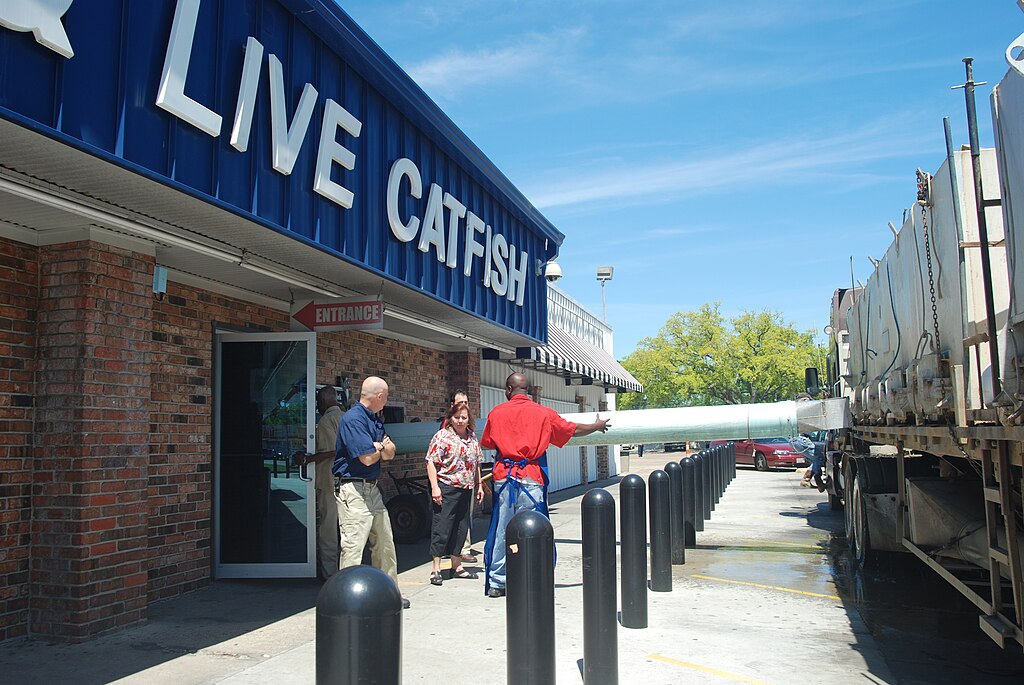
Forward-thinking tackle manufacturers have begun incorporating disposal information directly on packaging, raising awareness at the point of purchase. Many tackle shops now participate in take-back programs for used fishing line and hooks, serving as community collection points beyond just selling new products. Some manufacturers are redesigning packaging to reduce waste and implementing buy-back or trade-in programs for used tackle components. Industry associations increasingly promote environmental stewardship through campaigns targeting their customer base with conservation messaging. The most progressive companies invest in research and development of more environmentally friendly alternatives, recognizing that sustainability represents both an ethical imperative and a market opportunity as consumer awareness grows.
Creating a Personal Disposal System

Dedicated anglers benefit from creating consistent personal systems for handling used line and hooks during every fishing trip. A basic system might include carrying a small container specifically designated for line collection in tackle boxes or fishing vests, making proper disposal convenient even in remote locations. Many experienced anglers develop the habit of performing a “site check” before leaving a fishing spot, scanning the area for any accidentally dropped line or tackle. Creating a designated disposal station in home fishing gear storage areas ensures that line and hooks never enter regular household trash without proper preparation. Some fishing groups establish friendly accountability systems, where members remind each other about proper disposal practices during shared outings, normalizing responsible behavior within their community.
Conclusion

Responsible disposal of fishing line and hooks represents a critical intersection of recreation and conservation ethics. While the environmental challenges are significant, the solutions are relatively straightforward, requiring awareness, proper infrastructure, and individual commitment rather than complex technological innovations. Every angler has the opportunity to make a positive difference through simple actions that prevent harm to wildlife and ecosystems. As fishing continues to connect millions of people to the natural world, incorporating responsible disposal practices ensures this ancient tradition remains sustainable for generations to come. By treating fishing line and hook disposal as an integral part of the fishing experience rather than an afterthought, we honor both the sport we enjoy and the environments that make it possible.
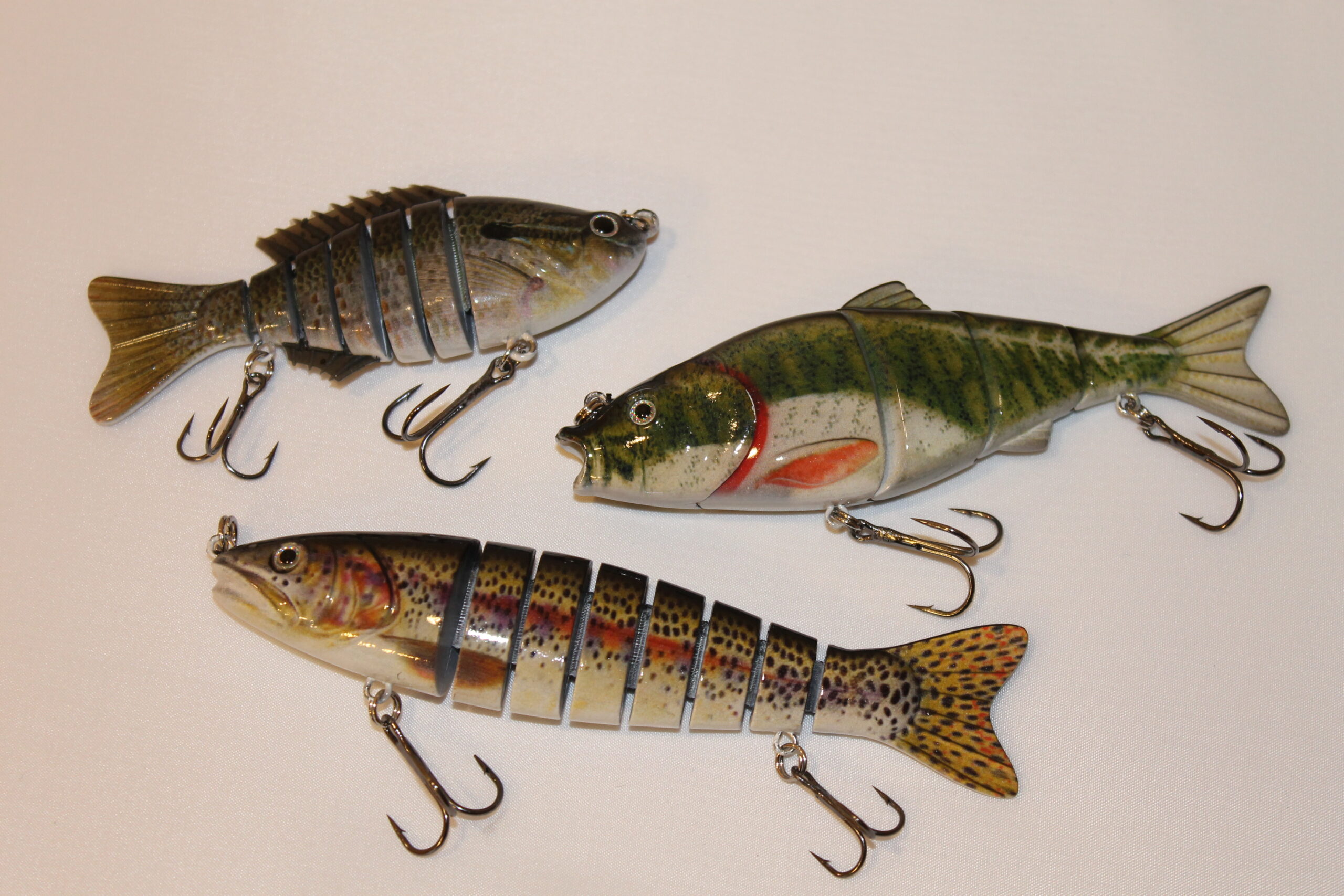
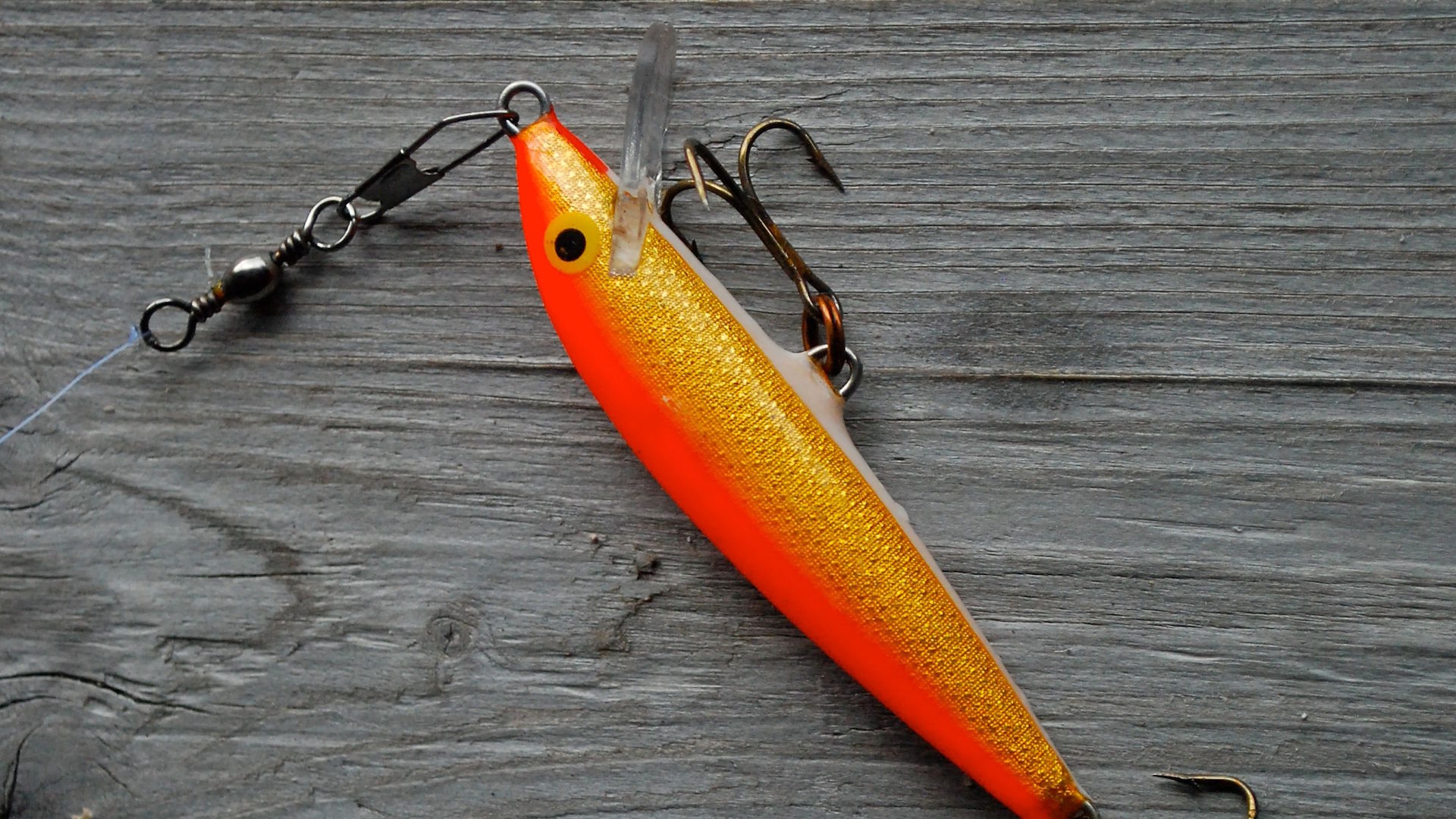












Post Comment